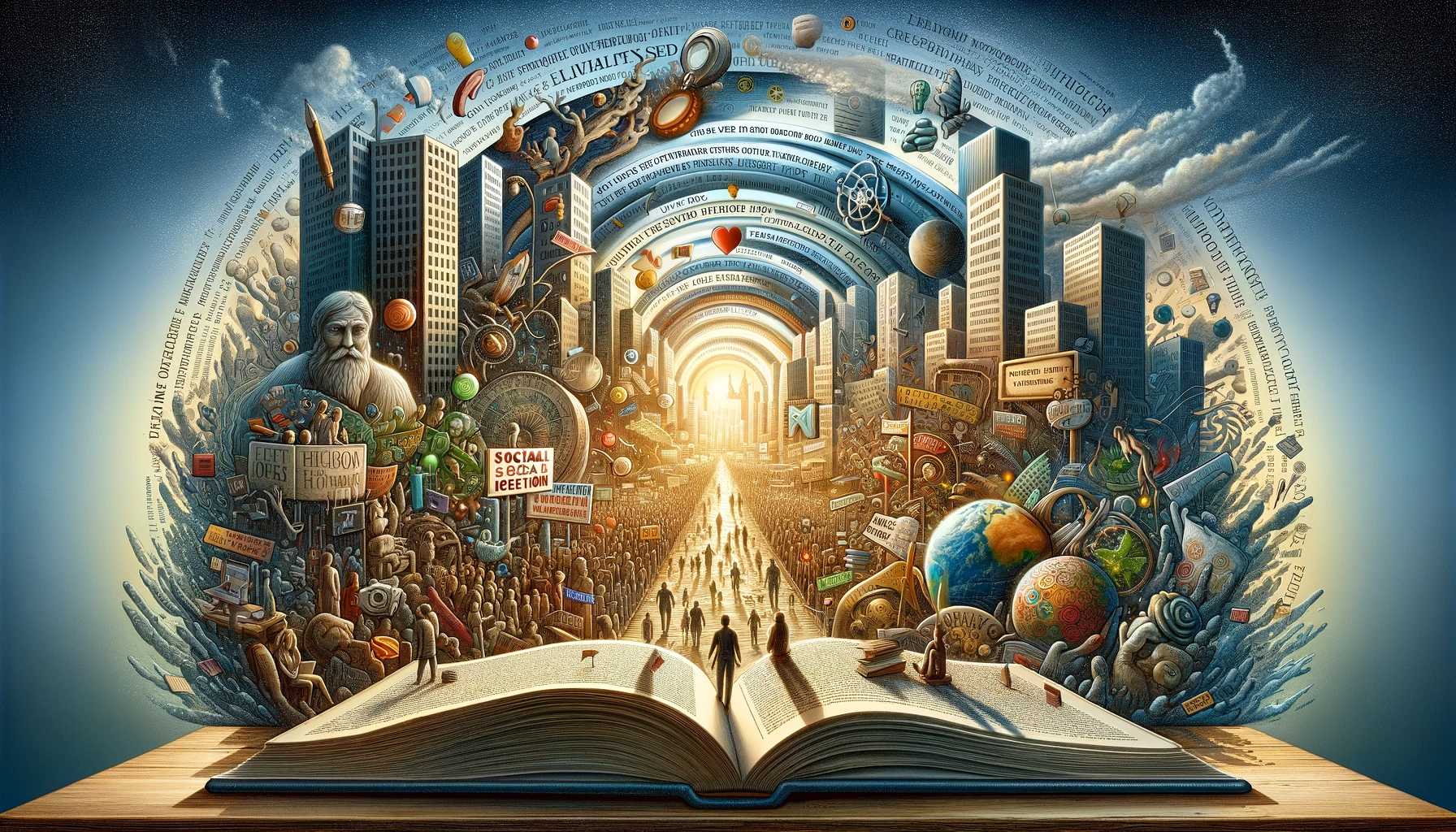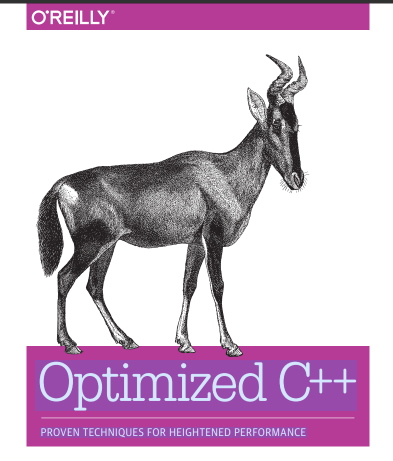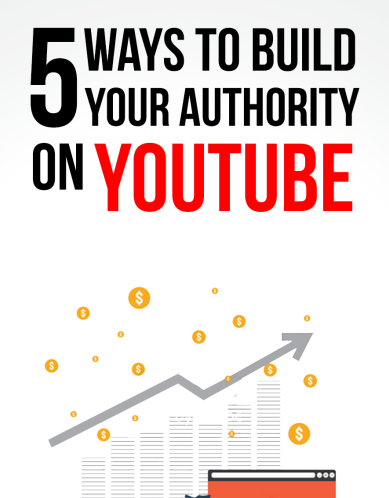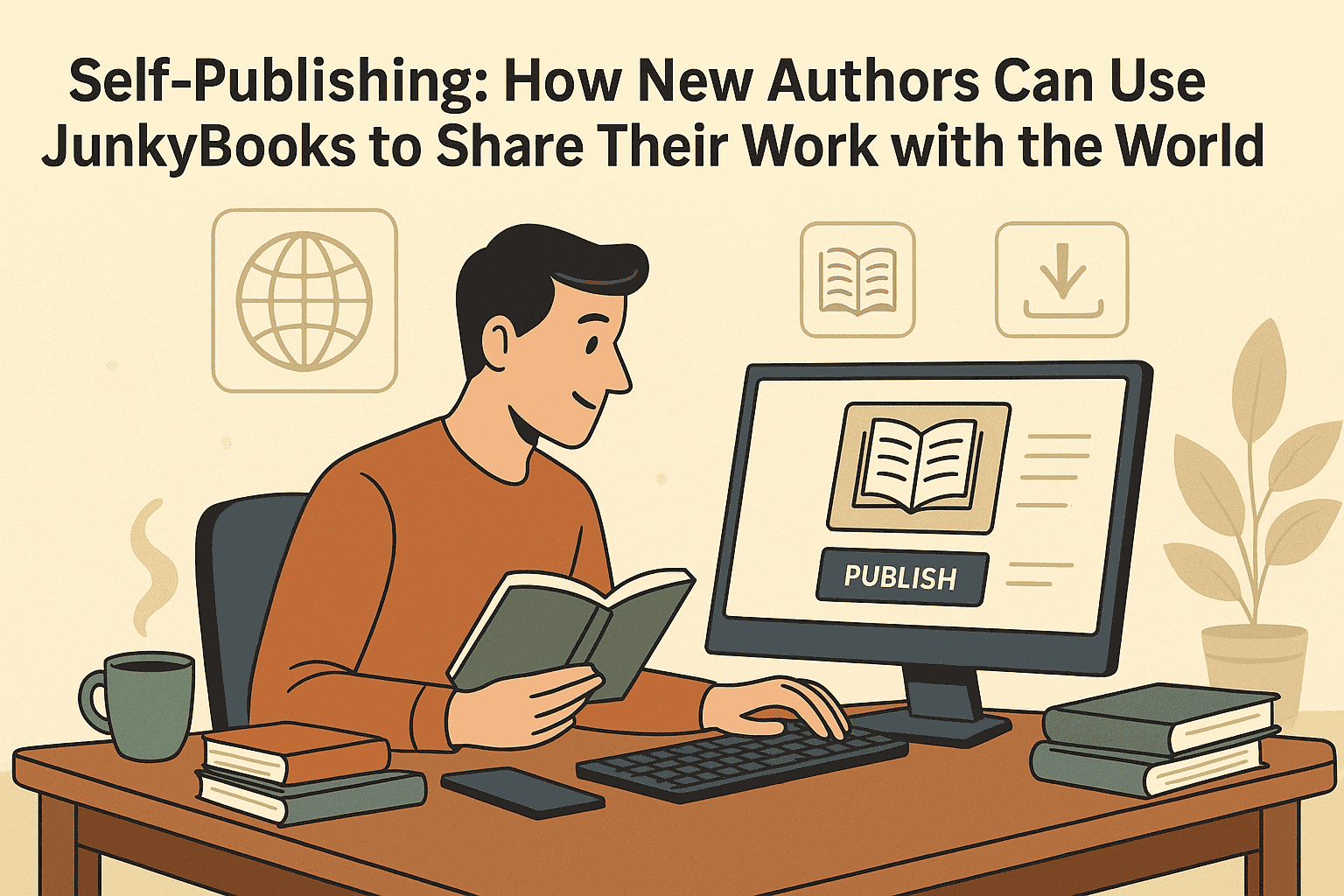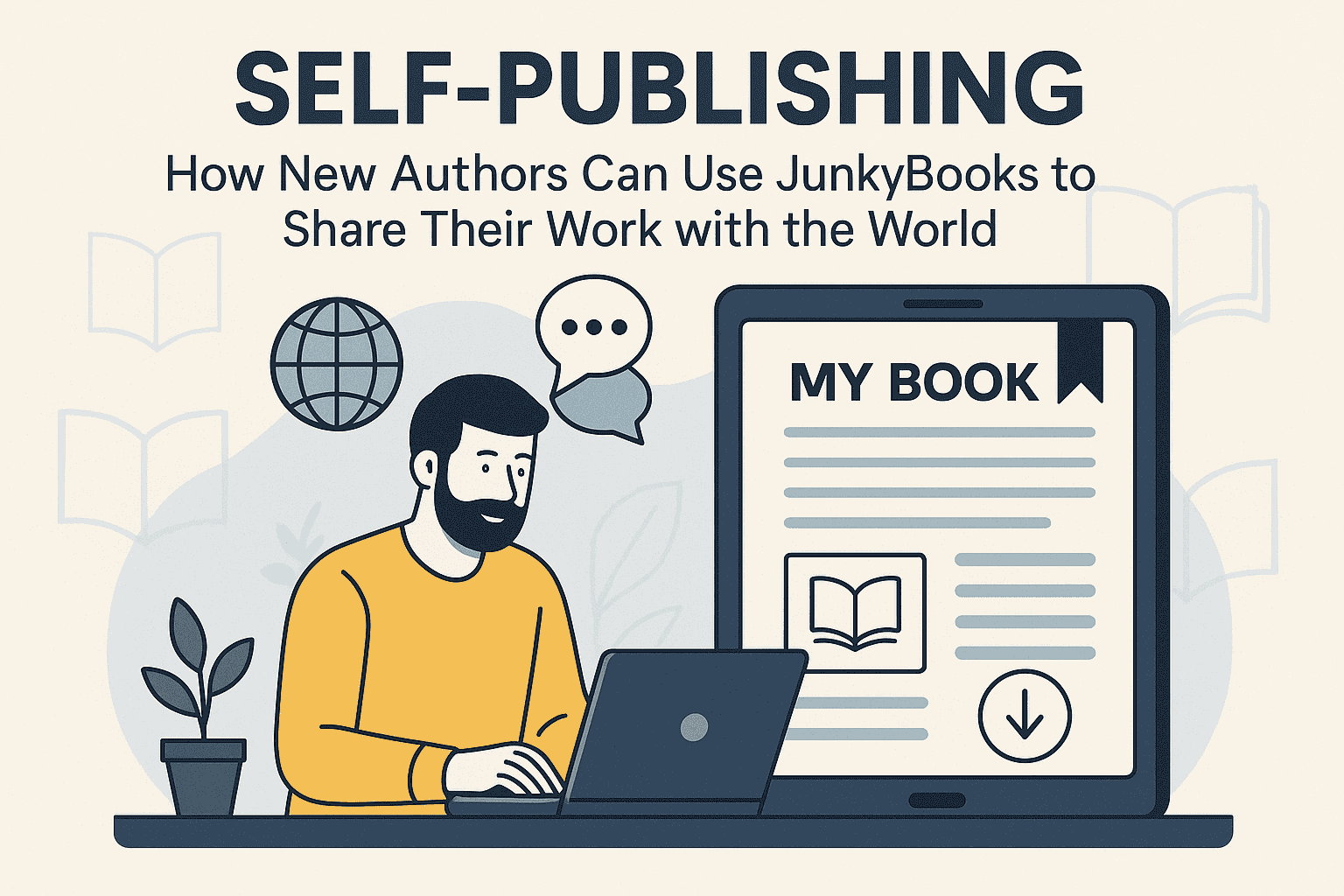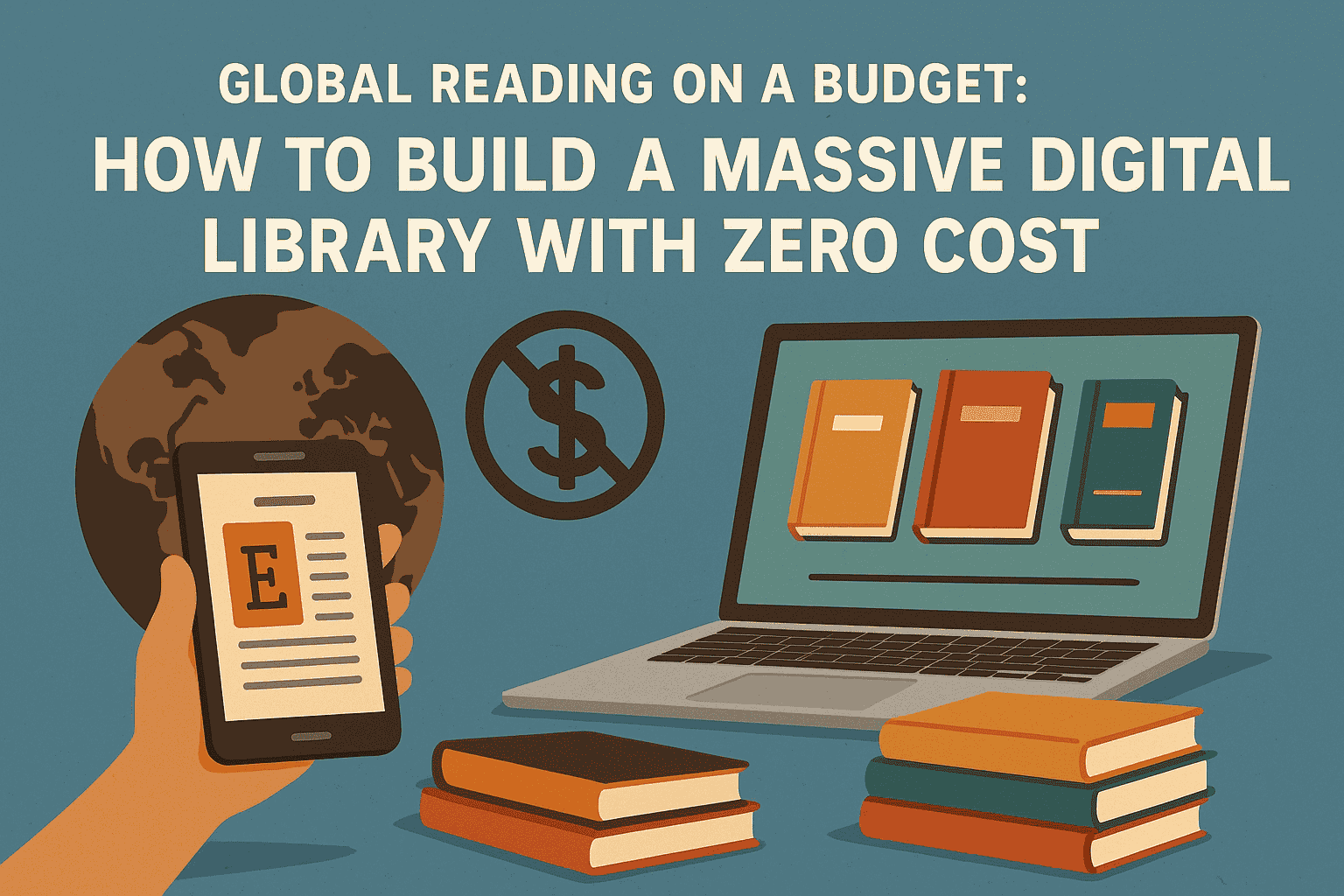A World Through a Crooked Lens: Exploring Social Issues in Literature
Literature serves as a powerful mirror reflecting the complexities of the human experience. It allows us to step into the shoes of others, confront uncomfortable truths, and gain a deeper understanding of the social issues that shape our world. This blog post will delve into the captivating world of fiction, specifically exploring how novels portray the social issue of gender inequality.
The Perpetuation of Patriarchy: Classic Literature and Gender Roles
Many classic novels, while celebrated for their literary merit, often paint a picture of a world dominated by rigid gender expectations. Here are a few prominent examples:
- Jane Eyre (1847) by Charlotte Brontë: This beloved novel, although featuring a strong and independent female protagonist, ultimately confines Jane Eyre to a traditional marriage structure, suggesting that happiness for women can only be found within the institution of marriage.
- Pride and Prejudice (1813) by Jane Austen: Austen's witty social commentary revolves around the importance of marriage for women, particularly within the upper classes. While the novel explores themes of female agency and defying societal pressures, ultimately, marriage to a wealthy man remains the desired outcome for the Bennet sisters.
- The Great Gatsby (1925) by F. Scott Fitzgerald: This iconic novel portrays women as objects of male desire and social status, reinforcing the power dynamics heavily skewed towards men in the Jazz Age. Daisy Buchanan, despite her charm and individuality, ultimately becomes a prize to be won by Gatsby and Tom Buchanan.
These classic works, while offering valuable insights into their respective eras, highlight the limitations placed upon women throughout history.
Breaking the Mold: Modern Literature and Feminist Voices
The 20th and 21st centuries witnessed a surge in feminist literature, with authors challenging the status quo and giving voice to the struggles and triumphs of women. Here are some noteworthy examples:
- The Handmaid's Tale (1985) by Margaret Atwood: This dystopian masterpiece paints a chilling portrait of a totalitarian regime that subjugates women and reduces them to reproductive vessels. Atwood's powerful narrative serves as a stark warning against the oppression of women's rights.
- Americanah (2013) by Chimamanda Ngozi Adichie: Adichie's novel explores the complexities of race, gender, and identity as a young Nigerian woman navigates life in America. It challenges stereotypes and celebrates female ambition and resilience.
- Half of a Yellow Sun (2006) by Chimamanda Ngozi Adichie: Set against the backdrop of the Nigerian Civil War, this novel explores the experiences of strong female characters caught in the midst of political turmoil. It showcases the strength and resourcefulness of women during times of conflict.
These novels, along with countless others, offer a more nuanced and empowering portrayal of women, breaking free from the constraints of traditional gender roles.
Beyond Binary: Exploring Gender Identity
Contemporary literature is increasingly exploring the spectrum of gender identities and expressions. Here are some examples:
- Orlando (1928) by Virginia Woolf: This experimental novel delves into themes of gender fluidity and the passage of time. Orlando, the protagonist, changes genders throughout the narrative, challenging the very notion of a fixed gender identity.
- Middlesex (2003) by Jeffrey Eugenides: This Pulitzer Prize-winning novel tells the story of Calliope Stephanides, who discovers she is intersex. It offers a sensitive exploration of gender identity and the challenges faced by those who don't fit neatly into binary categories.
- Petrichor (2017) by Rachael Klein: This young adult novel tackles the complexities of non-binary identity through the story of a teenager navigating their gender exploration. It offers a relatable and affirming portrayal for young readers questioning their gender identity.
These novels push the boundaries of conventional storytelling and contribute to a more inclusive literary landscape that reflects the diversity of human experiences.
The Power of Words: Why Literature Matters
Reading about social issues like gender inequality allows us to:
- Develop Empathy: Stepping into the shoes of fictional characters from different backgrounds fosters empathy and understanding of the challenges faced by others.
- Spark Conversation: Literature can spark important conversations about social issues, prompting readers to reflect on their own biases and advocate for change.
- Challenge the Status Quo: By portraying the limitations placed on women, or the struggles of those who don't identify with the binary, literature can challenge the status quo and inspire action towards a more equitable future.
The Final Chapter: A Call to Action
Literature has the power to transform and inspire. By exploring novels that portray gender inequality, we gain a deeper understanding of this complex social issue. As readers, we can use this knowledge to advocate for change, challenge societal norms, and work towards a world where all genders have equal opportunities and are valued for who they are.
Taking Action Beyond the Bookshelf
Here are some ways you can get involved and contribute to a more gender-equal world:
- Support Feminist Organizations: Donate to or volunteer your time with organizations working towards gender equality and women's empowerment.
- Challenge Sexist Stereotypes: Speak up against sexist language and behavior in your everyday interactions.
- Educate Yourself and Others: Stay informed about current events related to gender inequality and educate others about the issue.
- Read More Diverse Literature: Actively seek out books by authors from marginalized genders and those exploring LGBTQ+ themes.
By taking action, both within the realm of literature and in the real world, we can create a future where stories no longer need to be told through a "crooked lens" of gender inequality. Let's strive for a world where literature reflects a society that celebrates diversity, embraces equality, and empowers all genders to reach their full potential.

